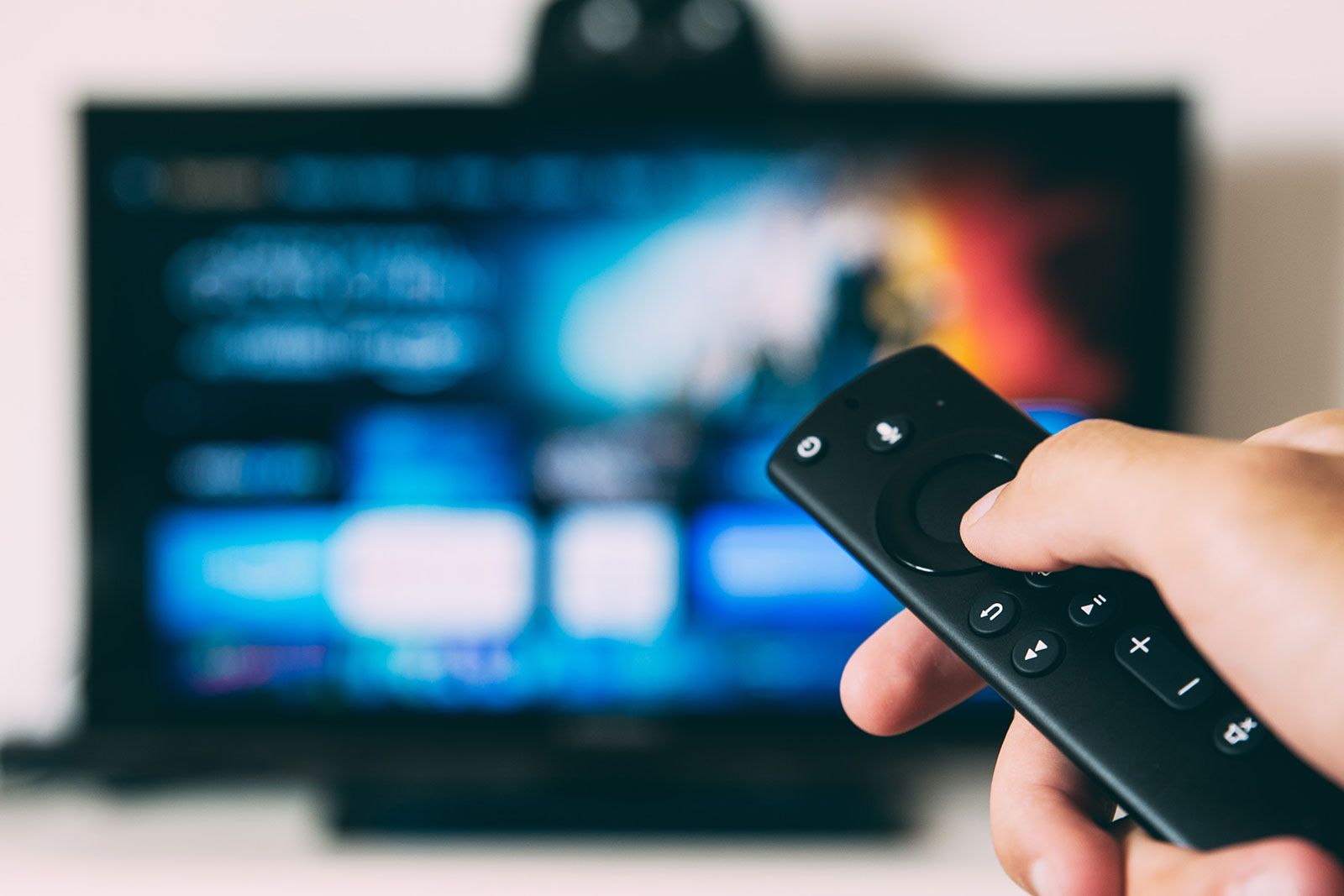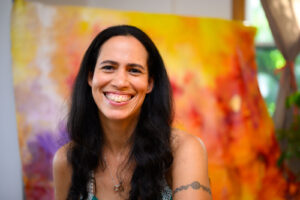From movies such as “50/50,” “The Fault in Our Stars,” and “A Walk to Remember” to shows like “Breaking Bad,” the portrayal of cancer in the media has often been used for entertainment purposes. But at times, portrayals can miss the mark with accurately depicting what actually happens to patients during diagnosis, treatment and post-treatment.
After asking our readers on Instagram for their thoughts on the way cancer is portrayed in movies and TV shows, the majority of responses expressed that the media depicts cancer patients in extremes: either the person with cancer is wasting away in a hospital bed, or they are still young and attractive with a full head of hair.
Judith Reynolds, who was diagnosed with stage III breast cancer at 44, comments, “Fictional portrayals of cancer mostly seem to be of people dying of stage IV cancer—thin, bald and in pain. The opposite is medical dramas where perfectly healthy-looking people (often children) usually with all of their hair are miraculously cured. Obviously people die of cancer and obviously there really are amazing remissions. But for most of us, the reality is different. Cancer is a difficult life event. Treatment goes on for months or years. You don’t necessarily die of cancer, but you don’t walk away from it either. Life after treatment still has tests and appointments and anxiety and long-term side effects from treatment. I don’t think there is much media portrayal of this kind of experience of cancer, even though it’s what most people who have been diagnosed with cancer actually experience.”
We shouldn’t only be seen as ‘cancer patients.’ We are normal human beings who are much more than a cancer patient. We have purposes, jobs [and] hobbies."
Having limited representations of cancer patients in the media can alienate viewers who have cancer and cause them to feel like their journeys are not the norm.
Rosalina Felipe, a 28-year-old warrior who was diagnosed with hormone-positive breast cancer stage IIIA invasive ductal carcinoma, explains, “I think cancer is seen as the most horrible thing that could ever happen in someone’s life, and it eventually ends up that the person dies. It also doesn’t show the positive things, especially if you’re rediscovering yourself, finding that you can still enjoy your life. You can still run a marathon, dance, work out etc. It’s encouraged for us [who have] been through cancer to stay active! We shouldn’t only be seen as ‘cancer patients.’ We are normal human beings who are much more than a cancer patient. We have purposes, jobs [and] hobbies.”
Breast cancer warrior Sara Machnik also expresses a similar point of view.
“The portrayal of cancer and cancer patients in the media [is] no less than toxic,” she writes.“There’s little balance between a young, attractive person with a full head of hair (somehow chemotherapy didn’t make them lose it) or an entirely bedridden, lethargic and grossly underweight patient awaiting their impending death. I have yet to see someone that looks like me portrayed in the media: 31 years old, married without kids, lost my hair to chemo and am seriously struggling with my mental health since my diagnosis. Cancer is not about focusing on positives and silver linings about a [horrible] situation. Cancer is about being authentic and honest about your thoughts and emotions.”
However, not all TV shows and movies with cancer in them were deemed inaccurate. Some were praised for showcasing the realities of cancer and how life keeps moving, even after that initial diagnosis.
Sarah DiMuro, who was diagnosed with breast cancer at 41, says “The Big C” with Laura Linney is one of the best depictions of cancer in the media.
“Cancer is not about focusing on positives and silver linings about a [horrible] situation. Cancer is about being authentic and honest about your thoughts and emotions.”
“Sure, she had cancer and was going to die,” says DiMuro, “but what made that show so relatable was she used her diagnosis to remind herself of how she wanted to live. And it had humor! Cancer is multilayered and the show nailed it! Wish more shows did! [It] would draw a better audience and also help people understand how every single diagnosis is different even if [it is] the same type of cancer. I also loved and appreciated as a cancer survivor myself, the amount of strength and power her character demonstrated. I think people see a cancer patient as someone who is no longer in control of [their] life, but she completely debunked that. And it was so incredible and inspiring to watch it all unfold.”
For most of us, the reality is different. Cancer is a difficult life event. Treatment goes on for months or years. You don’t necessarily die of cancer, but you don’t walk away from it either.
Roshni Kamta, a thriver who was diagnosed with triple negative breast cancer at 22, also discovered a show that resonated with her and her cancer journey.
“Prior to my own cancer diagnosis, I viewed cancer as something that only destroys you physically. On TV you see the bald head, the coughing for air, no eyebrows, etc… but you don’t see the mental health part of the journey. That’s something I wasn’t ready for. I didn’t know cancer treatment had so many side effects, especially on your brain. There is a show on ABC called ‘A Million Little Things.’ I thought it had a good portrayal of a young adult going through breast cancer and the post treatment life. There was a scene with the character taking off her wig to take a shower and crying while looking at her bald head and it definitely triggered me, but I was happy to see some truthful representation,” Kamta says.
Entertainment media still has a long way to go when it comes to accurately depicting cancer, but encouraging conversation among the ones actually living with the disease will shorten the steps it takes to get there. Just ask the cancer community—they’re ready to be heard.







